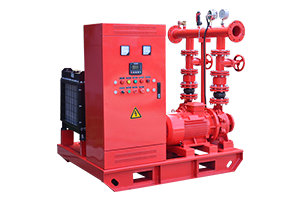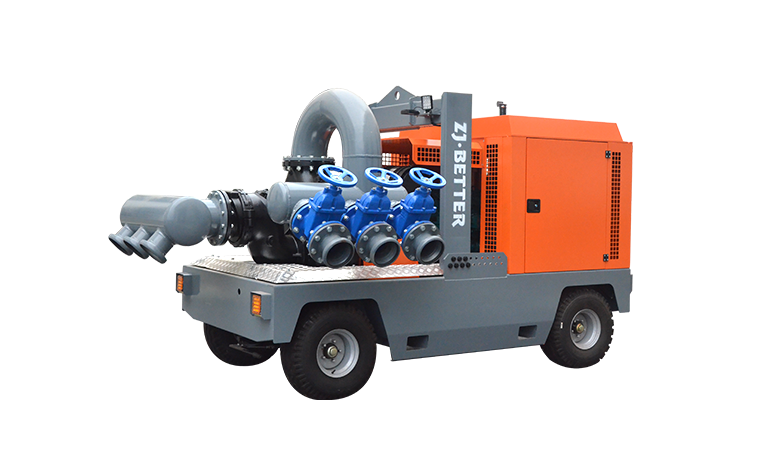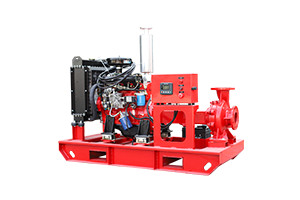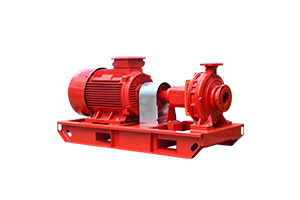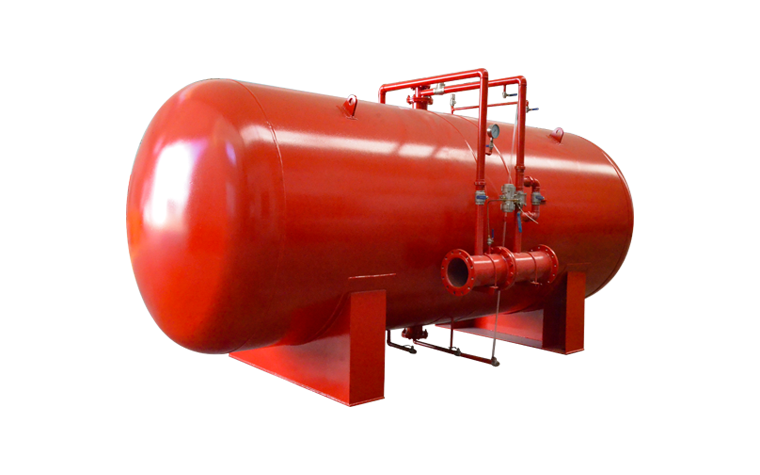Everything You Need to Know About Fire Pump Flow Rates
Nov 07, 2024
Share:
Fire pump flow rates are critical to understanding how well a fire pump will perform in a real-world emergency. Here’s a comprehensive guide covering the essentials:
1. What is Fire Pump Flow Rate?
- The flow rate of a fire pump refers to the volume of water the pump can move per unit of time, usually measured in gallons per minute (GPM) or liters per minute (LPM).
- A fire pump’s flow rate is essential because it determines how quickly water can be delivered to extinguish or control a fire.
2. Importance of Flow Rate in Fire Pumps
- An adequate flow rate ensures enough water is supplied to meet the demands of the fire protection system.
- Flow rates are designed to meet specific building requirements, governed by standards such as NFPA 20, which mandates that the fire pump must deliver a specific volume of water based on the building’s fire protection needs.
3. How Fire Pump Flow Rates are Measured
- Flow rates are tested and measured using calibrated flow meters or pitot tube readings.
- During performance testing, pumps must operate at three main points: 150% rated flow, 100% rated flow, and 0% flow (also known as churn).
- These measurements help verify the pump's efficiency across different demands, ensuring reliable performance.
4. Standard Flow Rates and Applications
- Most fire pumps start with a flow rate of 500 GPM, but systems can vary up to thousands of GPM depending on the size and use of the building.
- Common flow rates include:
- 500 GPM: Suitable for smaller commercial properties.
- 750-1500 GPM: Ideal for medium-sized facilities.
- 2000+ GPM: Used in large commercial, industrial, and high-rise buildings.
5. Key Factors Impacting Flow Rate Selection
- Building Size and Layout: Larger buildings require higher flow rates.
- Fire Hazard Class: Buildings with higher fire risks need pumps with higher flow capacities.
- System Requirements: Some systems, such as deluge systems, demand high flow rates to quickly flood areas with water.
6. Ensuring Compliance with Flow Rate Standards
- NFPA 20 and UL Listing standards set benchmarks for fire pump performance, ensuring pumps provide reliable flow rates during emergencies.
- Regular testing, including weekly, monthly, and annual tests, is vital to maintain compliance and operational readiness.
7. Optimizing Fire Pump Performance for Maximum Flow Rate
- Ensure the pump’s power source, whether electric or diesel, can handle the maximum required flow rate.
- Maintain jockey pumps to stabilize pressure and ensure rapid activation of the main fire pump.
8. Common Issues Affecting Flow Rates
- Wear and Tear: Over time, internal wear can reduce a pump’s flow capacity.
- Obstructions: Clogged intake pipes or valves can limit water flow.
- Inadequate Power Supply: Electric pumps or diesel engines need consistent power sources for reliable operation at rated flow.
9. Choosing the Right Pump for Your Application
- For effective fire protection, choose a pump rated for your specific GPM requirements. Consulting with a certified fire protection specialist ensures you meet all regulatory and safety standards.
- Better Pump offers a range of UL-listed, NFPA 20-compliant pumps tailored to various flow rate requirements, ensuring both safety and reliability.
Conclusion
Understanding and choosing the right flow rate for fire pumps is crucial in designing an effective fire protection system. Proper selection, testing, and maintenance ensure that fire pumps deliver water at the necessary rate, providing vital support during emergencies.

